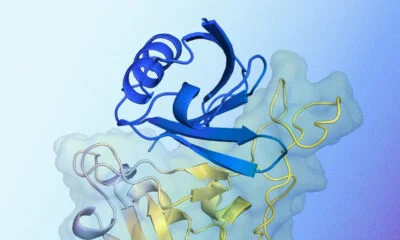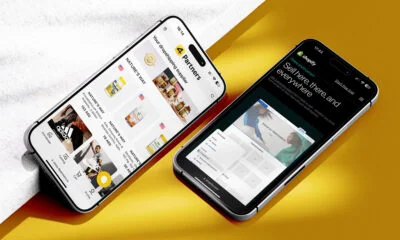News
Abu Dhabi Hospital To Use Cutting-Edge Robot For Complex Surgeries
The device, named da Vinci Xi, will help surgeons perform difficult minimally invasive procedures with unparalleled precision.
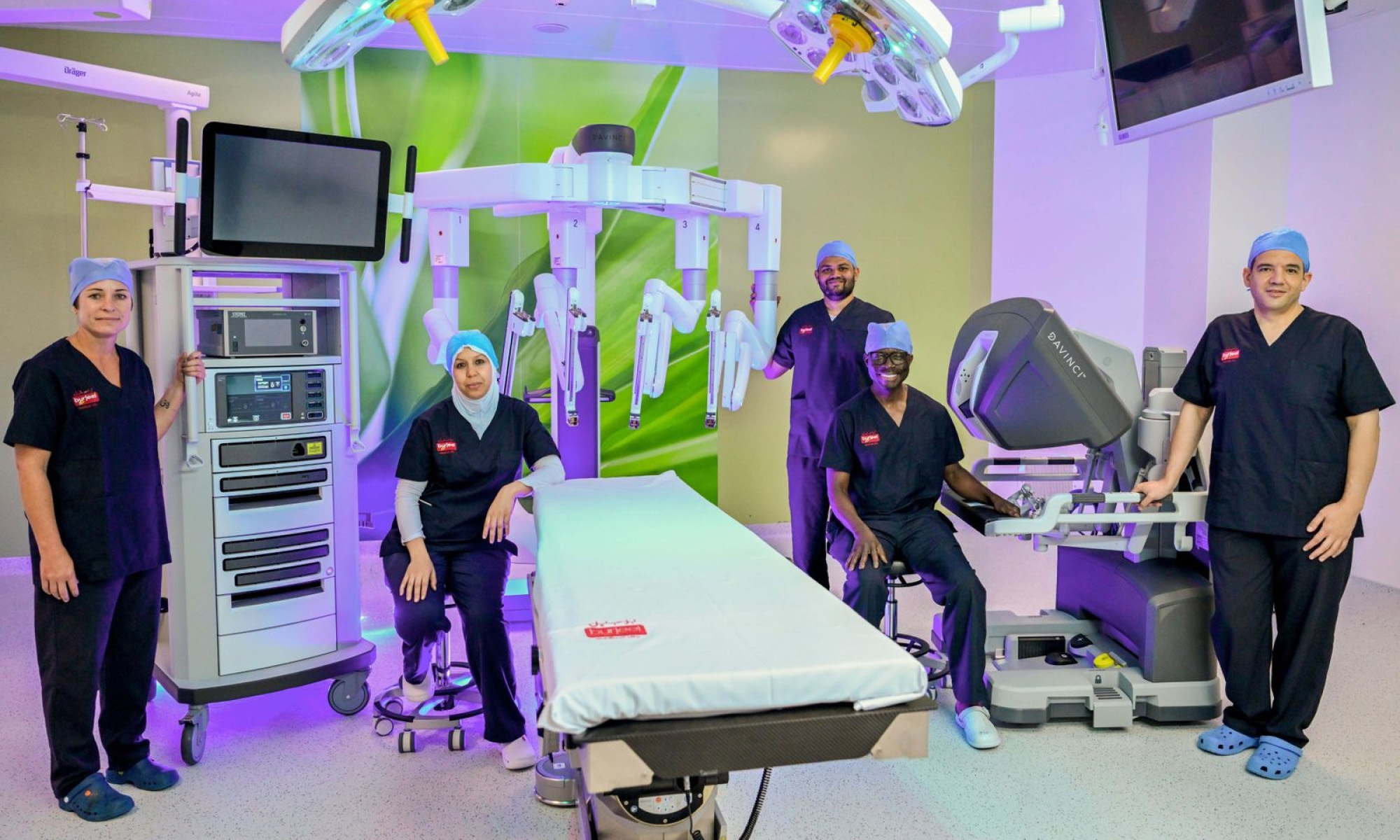
An Abu Dhabi-based healthcare facility has introduced a state-of-the-art robot named da Vinci Xi. The high-tech device will enable Burjeel Medical City’s doctors to carry out complex, minimally invasive surgeries with unprecedented accuracy and efficiency.
Named after Renaissance figure Leonardo da Vinci, the robotic surgical system offers numerous advantages over its human counterparts, including increased precision and enhanced visualization, leading to shorter patient recovery times.
Dr. Jafaru Abu, director of robotic surgery at the hospital, noted the advantages: “With this robotic technology, we can perform complex and minimally invasive surgical procedures with extreme dexterity [enabling] our highly skilled surgeons to provide even better patient clinical outcomes [while] reducing trauma and recovery times”.
Equipped with immersive 3D high-definition visualization technology, da Vinci Xi gives surgeons a highly detailed, magnified view of the surgical area. This enhanced clarity allows for high precision during procedures, potentially reducing complications and ensuring optimal outcomes.
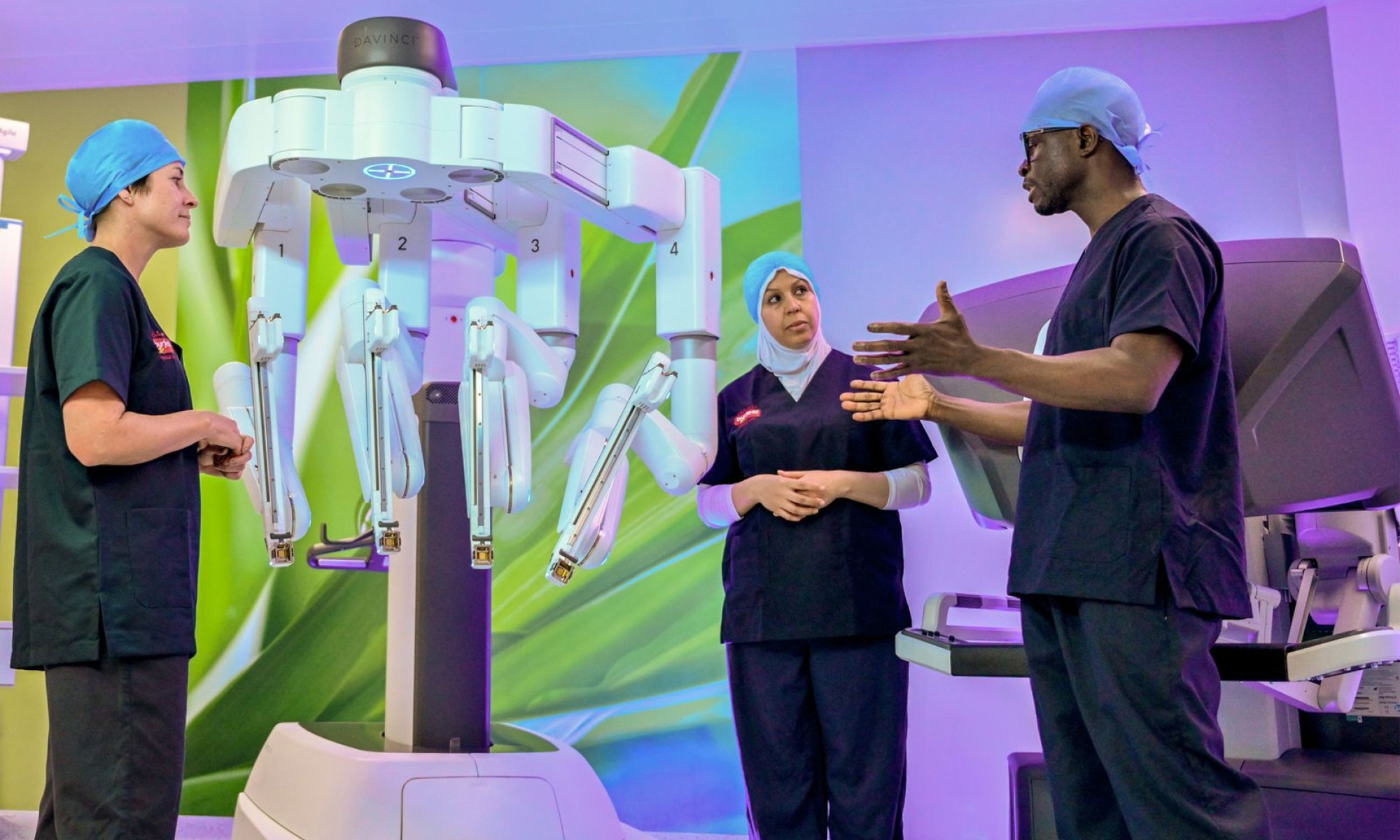
At its core, da Vinci Xi uses robotic hands that mimic the motion of the surgeon controlling them from its console. The robot arms give enhanced agility and delicacy and allow for maneuvers that would be impossible using traditional “straight-stick” laparoscopic surgical instruments.
“Introducing the da Vinci Xi robotic system underscores our commitment to constantly evolving and adopting the latest medical technologies. With the integration of this new technology, we aim to reinforce our position as a leading healthcare institution at the forefront of medical innovation, providing patients with access to world-class, minimally invasive surgical procedures,” explained John Sunil, CEO of Burjeel Holdings.
Also Read: The World’s Largest Wooden Superyacht Visits The Arabian Sea
With the introduction of the new da Vinci robotic system, Burjeel Medical City can offer patients a wide range of minimally invasive surgeries, covering urology, gynecology, colorectal, upper gastrointestinal, thoracic, bariatric, hepatobiliary, and more.
News
Qatar Airways Debuts World’s First Boeing 777 Starlink Flight
The airline has ambitious plans to roll out the high-speed, low-latency service across its entire Boeing 777 fleet within a year.
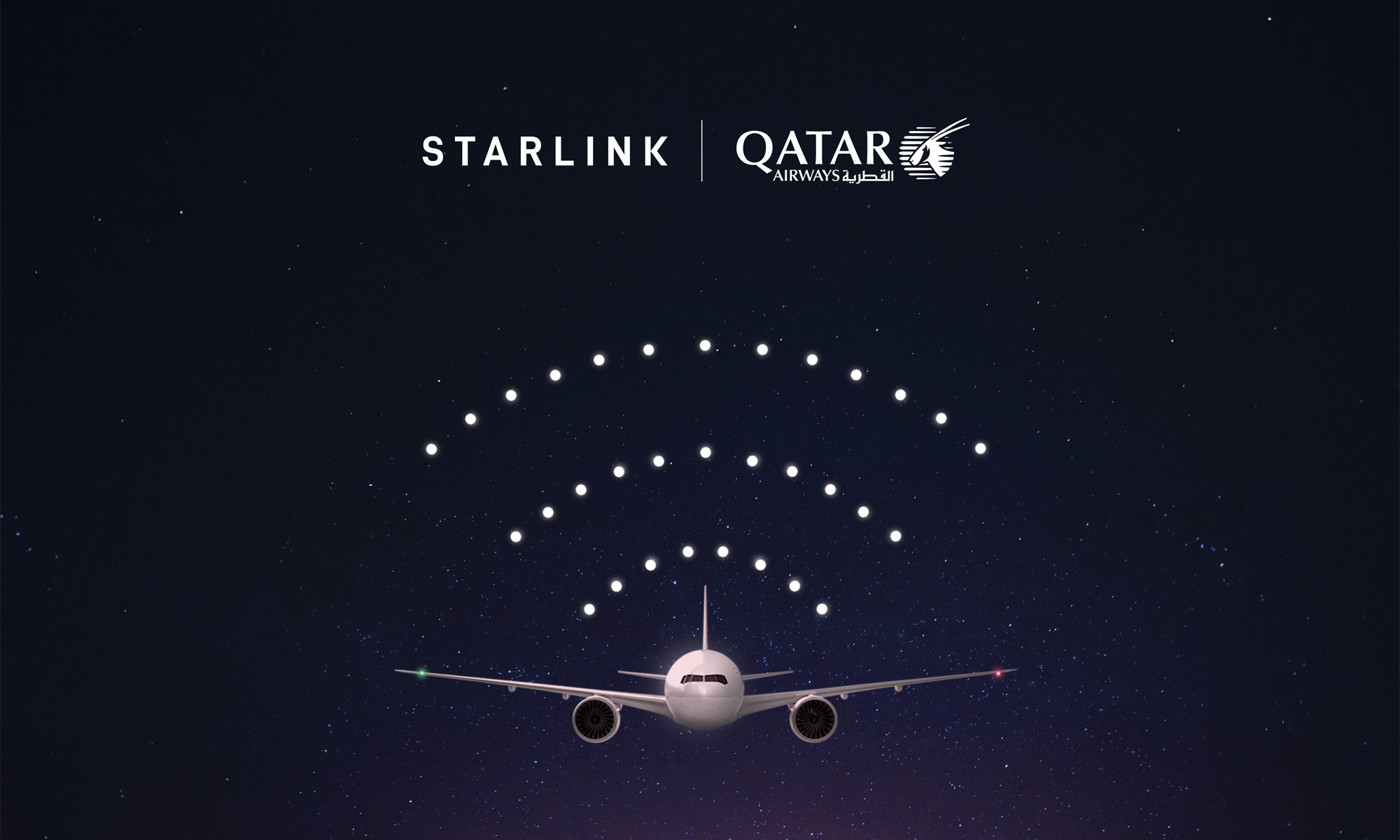
Qatar Airways has taken a significant step ahead of the competition by being the first operator to offer Starlink internet on a Boeing 777 aircraft traveling from Doha to London.
As the largest and first airline in the MENA region to offer Starlink’s ultra-high-speed, low-latency internet, Qatar Airways continues to raise the bar for in-flight services after winning the coveted Skytrax “World’s Best Airline” for 2024 award.
Initially, the carrier planned to outfit three Boeing 777 aircraft with Starlink technology. However, by the end of 2024, the airline will have upgraded 12 Boeing 777-300s with this service. Further ahead, the entire Boeing 777 fleet is set to be Starlink-equipped by 2025, one year earlier than originally scheduled, with the Airbus A350 fleet following suit by mid-2025.
This rollout demonstrates Qatar Airways’ dedication to enhancing in-flight connectivity and will enable passengers to stay in touch with family and friends, stream media, watch live sports, work remotely, and even play online games — all at 35,000 feet.
Qatar Airways Group Chief Executive Officer, Engr. Badr Mohammed Al-Meer expressed excitement about the debut flight, stating: “We are thrilled to launch our first Starlink-equipped flight, proving once again why Qatar Airways is at the forefront of the aviation industry”.
Also Read: A Guide To Digital Payment Methods In The Middle East
He continued, “Paired with our commitment to rapidly rollout Starlink across our entire modern fleet, [Qatar Airways] demonstrates our relentless pursuit of offering passengers an in-flight experience that transcends the constraints of traditional air travel”.
By launching its first Starlink-equipped aircraft, Qatar Airways has achieved several milestones, including operating the world’s first Boeing 777 widebody with the service onboard. Qatar Airways’ strategic partnership with SpaceX ensures passengers will continue to enjoy an unmatched in-flight experience, and not only represents a breakthrough for Qatar Airways but also sets a new standard for in-flight connectivity globally.






